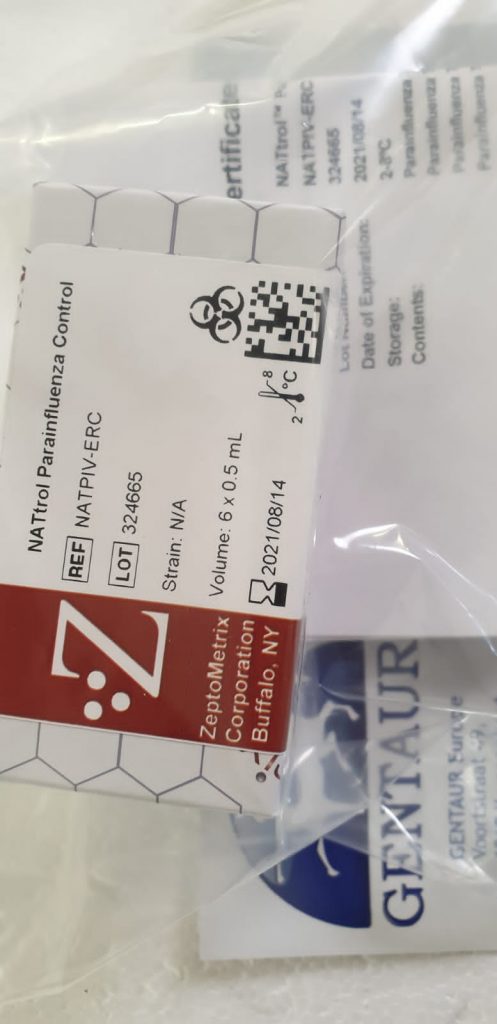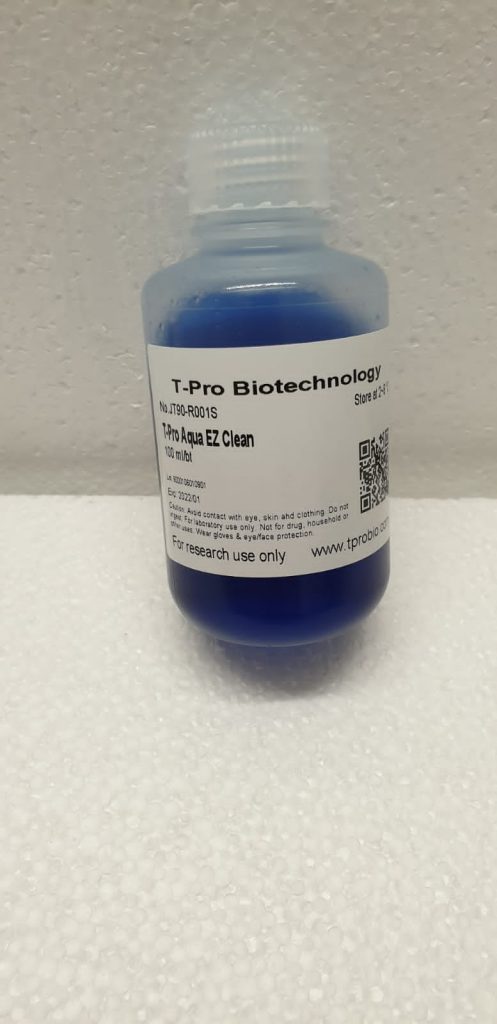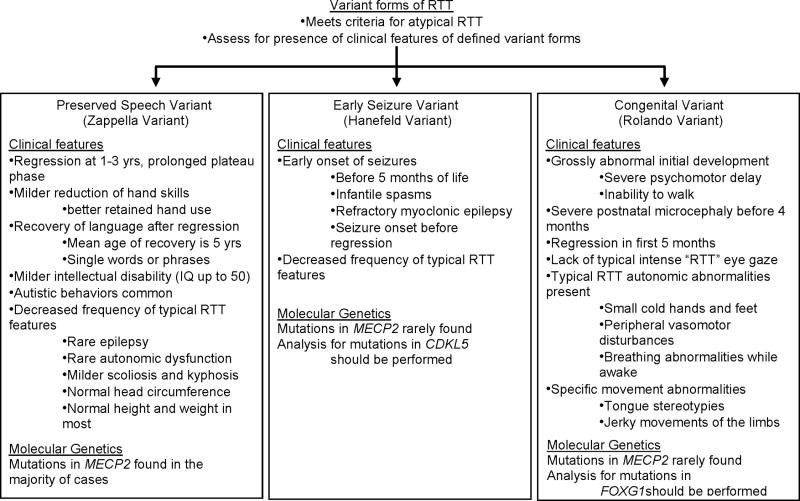Citramalate synthase yields a biosynthetic pathway for isoleucine and straight- and branched-chain ester formation in ripening apple fruit
A plant pathway that initiates with the formation of citramalate from pyruvate and acetyl-CoA by citramalate synthase (CMS) is proven to contribute to the synthesis of α-ketoacids and vital odor-active esters in apple (Malus × domestica) fruit. Microarray screening led to the invention of a gene with excessive amino acid similarity to 2-isopropylmalate synthase (IPMS). However, practical […]



